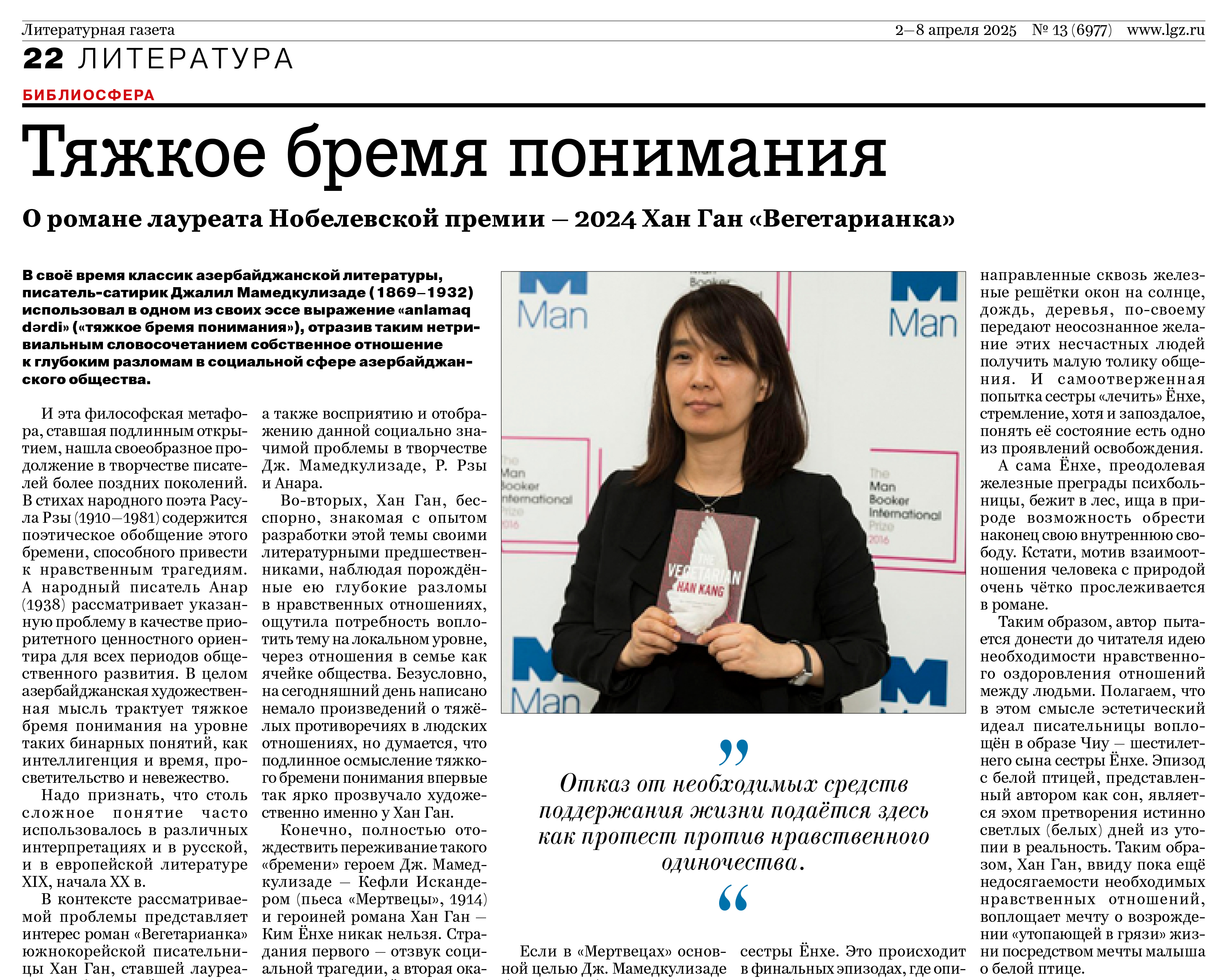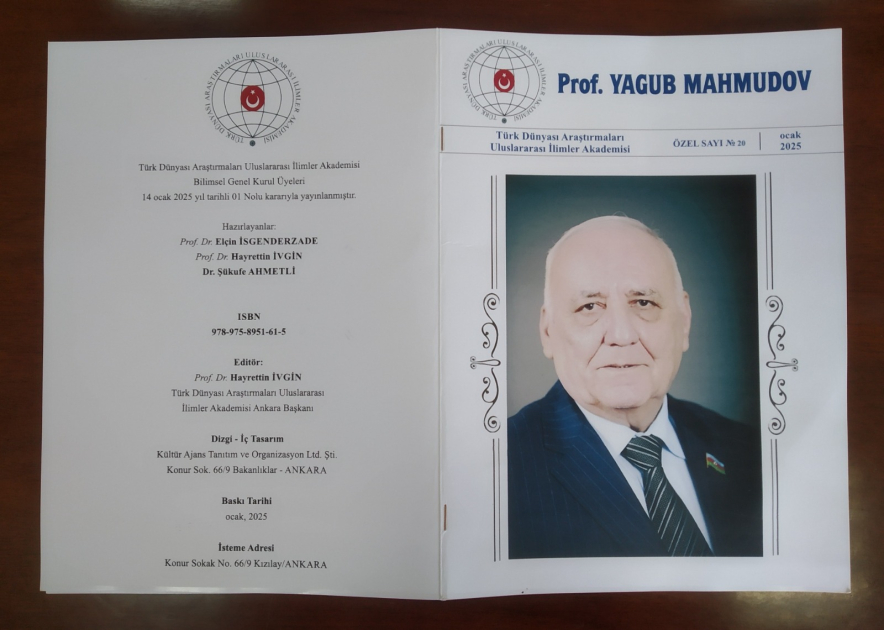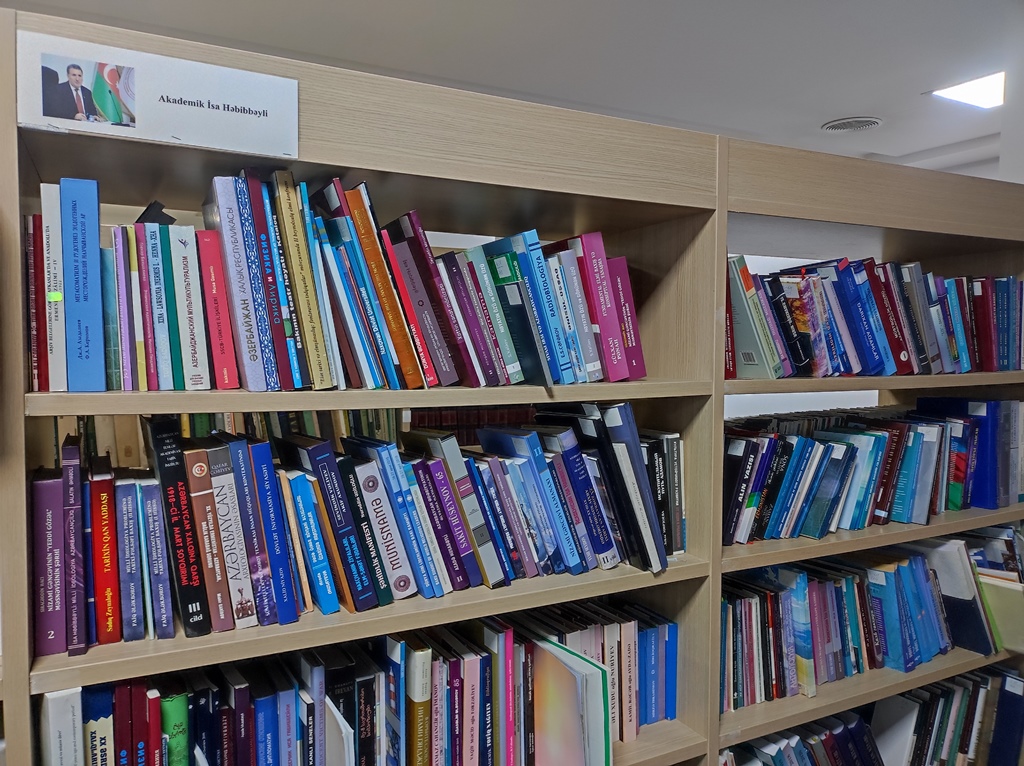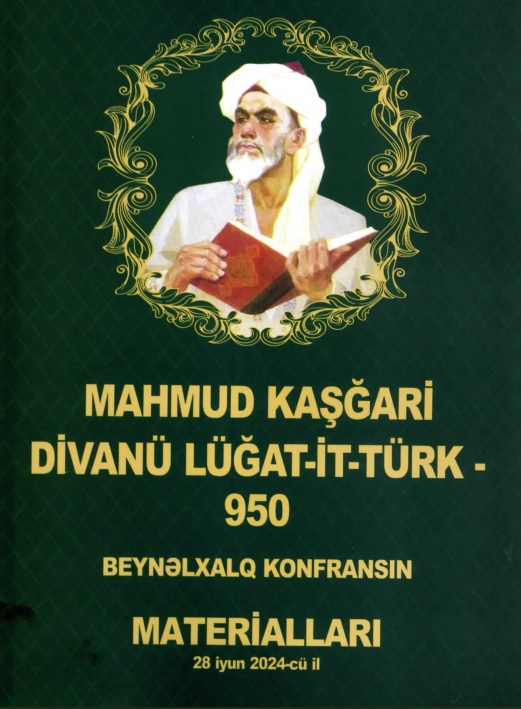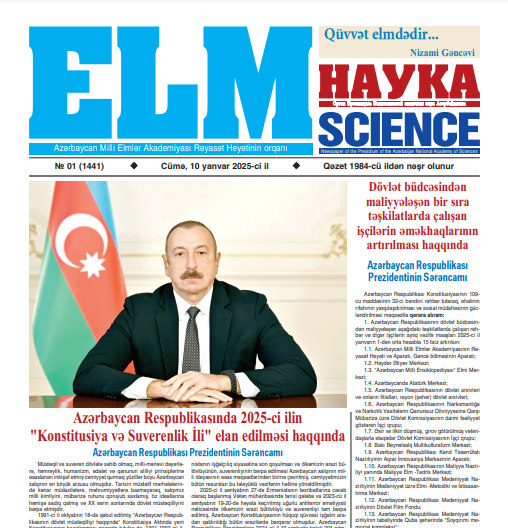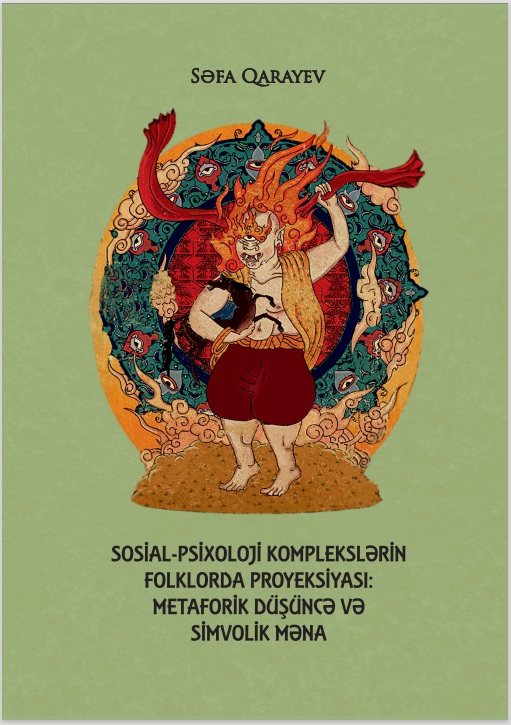
- A-
- A
- A+
The book of folklorist Safa Garaev “Projection of socio-psychological complexes in folklore: metaphorical thinking and symbolic meaning” has been published
Socio-anthropological approaches, especially the author of numerous studies on psychoanalytic folklore, PhD on philology, associate professor Safa Garayev's next book, monographic research “Projection of socio-psychological complexes in folklore: metaphorical thinking and symbolic meaning”, which is one of the priorities of the world folklore science has been published. The system of metaphorical thinking and symbols of Azerbaijan folklore based on world scientific experience has been involved in the research based on the systematic application of psychoanalytic method and socio-anthropological approaches.
The application of the method in the study was carried out taking into account the nature of collectivism, traditionalism and variability of folklore. During the analysis, it was established that rituals, epics, fairy tales, anecdotes, beliefs, as well as individual folklore images, motives and behaviors, which are part of social communication, do not embody only the consciously understood concepts of society. They sometimes act as a symbolic expression of approaches that the society itself does not openly discuss, which the collective does not directly understand. The symbolic content of folklore materials in the book was involved in the research in the context of equivalence, their unintentional level of meaning was determined by the application of modern theoretical-methodological approaches of psychoanalytic folklorism.
In the first part of the book called “Symbolics of creative human behavior in Novruz: fertility distribution of Khizir at night and psychoanalytic semantics of hatching” psychoanalytic semantics of folklore facts such as hat-off, girder-making performed by boys in the evenings at Novruz and Khidir-Ellaz holiday were investigated. It was established that the ceremonial element of Novruz, which carries the creation semantics on the basis of ritual, is a human symbol of the unconscious level of the element. In this sense, it was noted that the hat-cap performed in the evenings on Novruz holiday and the fertility distribution of Khizir, the image of a fallik father, share the same semantic framework.
In the second part of the book “Psychosemantics and infantile prototype of the relationship of loved and beloved in buta motif in epics”, psychosemantics of the image of the epic hero is analyzed. It is established that the motif of buta brings to the center of attention the infantile nature of the hero and two dramatism related to the period of marriage: dramatism with the father in the context of the Edip complex and dramatism with the family in the context of social norms.
Here, in the context of social reality, the psychosemantic difference between the master's acquisition of loved after a long training process and the hero's transformation into loved unexpectedly through buta in love epics is analyzed. It has been established that unlike social reality, in love epics, the psychosemantic realization of loved without a master (“father” from the psychosemantic point of view) is based on the denial of paternal power.
In the third part of the book called “Psychosemantics of laughter in the sociocultural environment of Azerbaijan” the psychosemantic essence expressed by the fact of laughter in the framework of various social-cultural relations in the national society has been studied. In the study, which investigated the technology of the formation of laughter in culture, its actualization situations, metaphors and features as an act of collective social behavior from the aspect of folklore, it was concluded that in many cases the metaphor of laughter expressing positive emotions sometimes becomes an expression of an aggressive attitude.
In the fourth part, entitled “İnfantile psychological complex and projection of oral aggression on folklore”, based on theoretical approaches, psychoanalyst M.Klein, psychoanalyst-anthropologist G.Roheim, psychoanalyst-folklorist A.Dundes analyzed the images, motives and levels of behavior of Azerbaijani folklore. It is reflected here that infantile psychological complexes play an important role in the formation of the meanings of creative facts. The level of meaning of folklore facts in the deeper layers is possible in the context of the analysis of these psychological complexes that reveal them. Analyzing the problem in the context of infantile psychological complexes, the author defined the psychogenesis of such images as Molla Nasreddin, Tepegoz, beldam, etc. and the plot of “little ogre sister” (Aarne-Thompson 315a).
In the fifth part of the book, called “İnfantile position, metaphorical thinking and symbolic meaning,” it is noted that there are various creative positions that determine the level of meaningfulness of a particular creative product. The most fundamental meaning-defining angle is infantile position in folklore facts, which contain more unintentional content. In this part of the book psychogenesis of fantasy “milk lake “in the sky//mountain top, ”water of vitality” was determined on the basis of theoretical concepts on the power of meaningful influence on the creative facts of infantile position and psychological motives and the creativity of the “new order" and the psychoanalytic semantics of the progenitor in the proverbial environment were analyzed in Oguznamas.
In the last, sixth part of the book called “Formulas of beginning and end of Azerbaijani tales in psychoanalytic context”, at first glance, fairy tale formulas not directly related to the main plot are interpreted in psychoanalytic context. It is established that traditional formulas, seemingly unrelated to influence, are in stable psychogenetic connection with the plot of the fairy tale. So, fairy tale formulas carry the function of expressing various shades of unintentional and conscious attitude to the fantastic reality of the fairy tale plot.
The book, intended mainly for academic scientific audience, is of particular importance from the point of view of studying Azerbaijani folklore, including folk culture not only in psychoanalytic context, but in a broad sense from the socio-anthropological aspect and reflects the potential to identify prospects for new scientific research based on world scientific experience in this direction.
© All rights reserved. When using news www.science.gov.az a reference to the site is necessary.
Similar News
Links
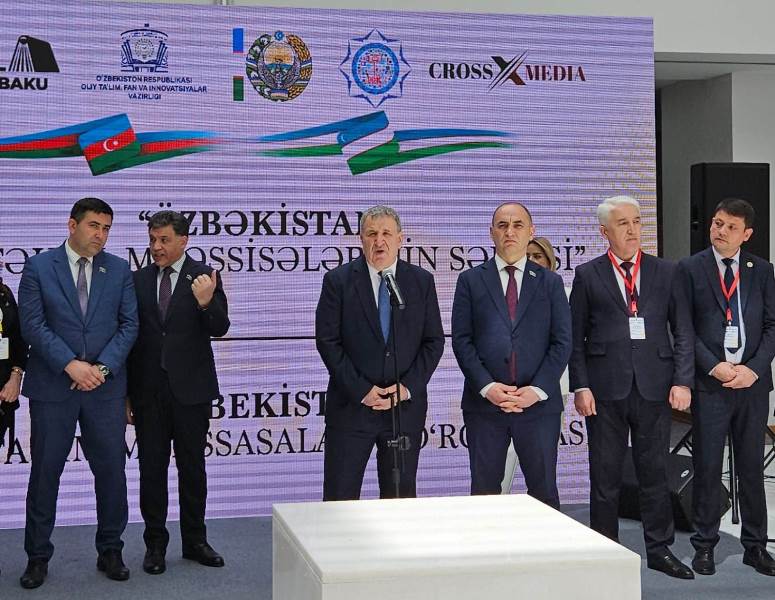
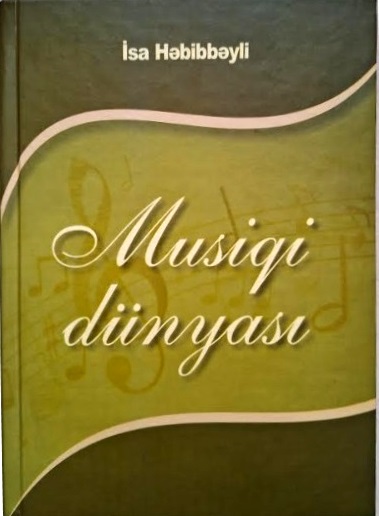

 Elm TV
Elm TV
 Photo
Photo
 Video
Video
